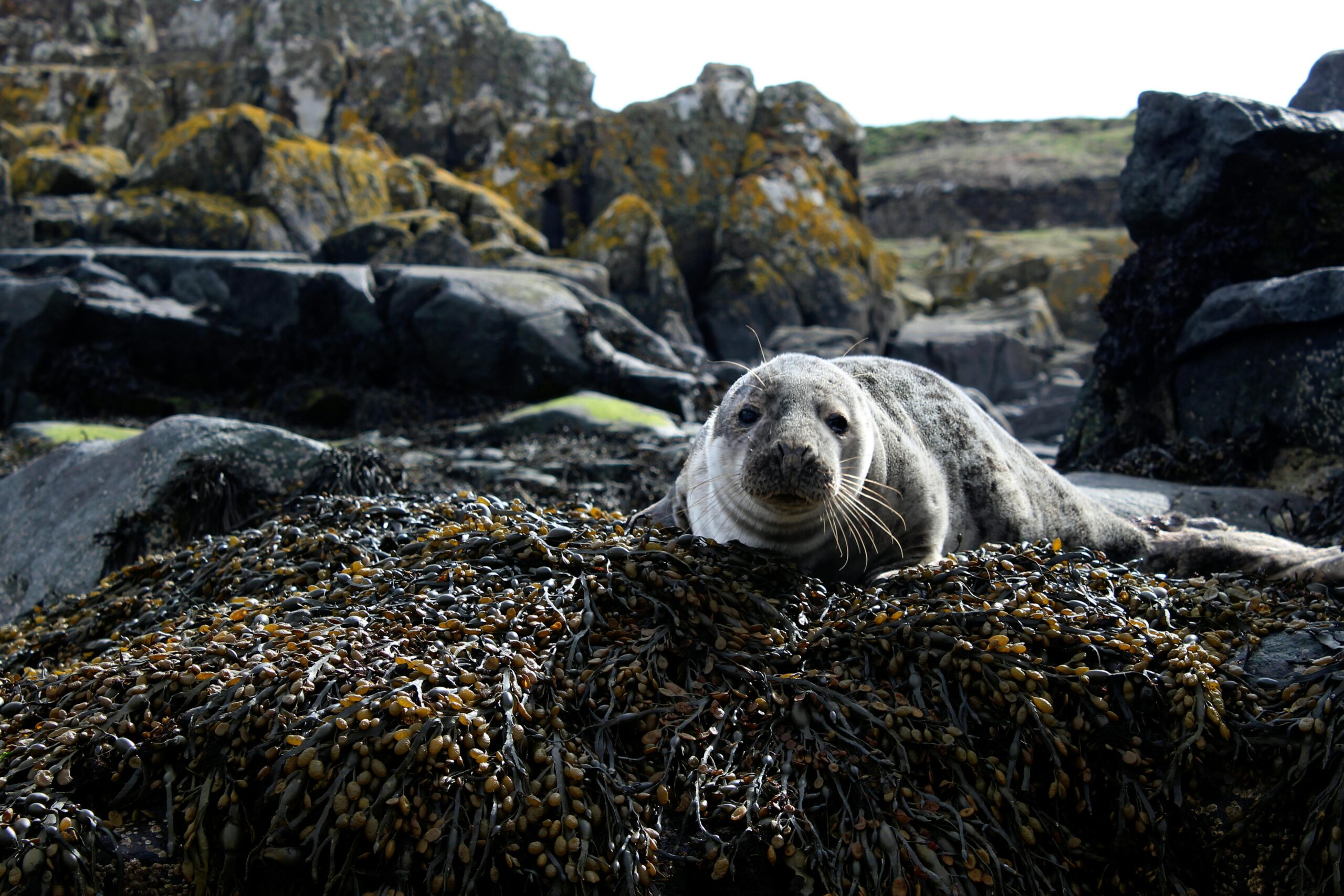Over 1,500 Marine Animals Affected by Prolonged Algal Event
Southern California recently experienced one of its longest and most severe toxic algal blooms. The phenomenon impacted at least 1,500 marine animals, including sea lions and dolphins. The Marine Mammal Care Center in San Pedro took in nearly 400 affected animals in just a few months, providing critical care and rehabilitation.
These harmful algal blooms produce toxins that primarily affect the nervous systems of marine mammals, leading to disorientation, seizures, and in some cases, death. Quick response from rescue organizations was key to improving survival rates during this environmental emergency.
Successful Rehabilitation and Return to the Wild
One of the center’s last patients, a sea lion named Patchouli, was recently released back into the wild at a beach in Palos Verdes. After being carefully transported in a crate, Patchouli quickly made her way across the rocks and back into the sea — a sign of hope after months of intensive recovery efforts.
Scientific Research Aims to Understand Toxin Effects
While some animals were saved, many did not survive. In response, researchers have begun collecting biological samples — including brain tissue, blood, blubber, and even amniotic fluid — from the deceased animals. These samples will be used to investigate how the toxins affected adult animals and potentially impacted their unborn offspring.
Investigating Impact of January Wildfires
Another focus of the ongoing study is the potential link between coastal runoff from recent wildfires and the severity of the algal bloom. Scientists aim to determine whether the environmental conditions created by the fires contributed to the proliferation of harmful algae and the extent of marine animal exposure.



